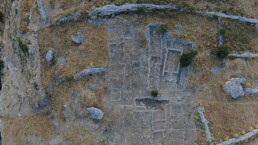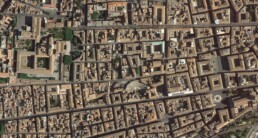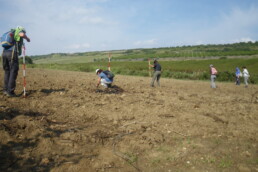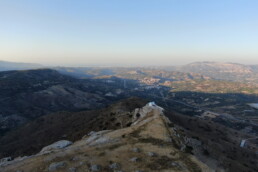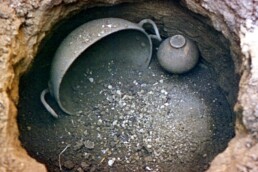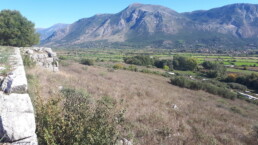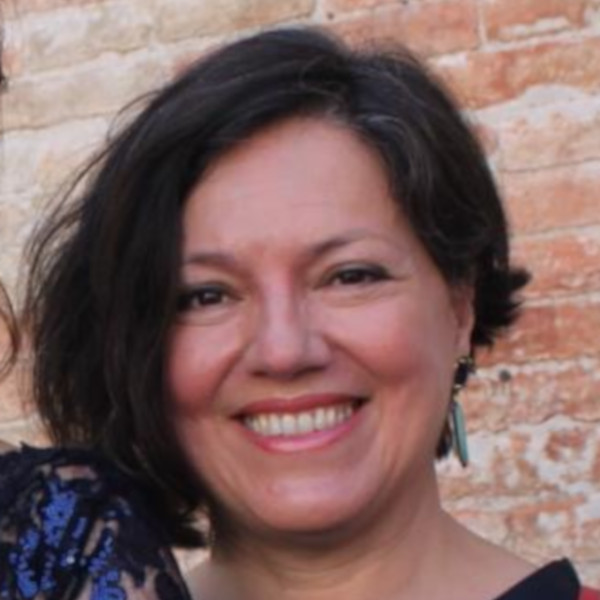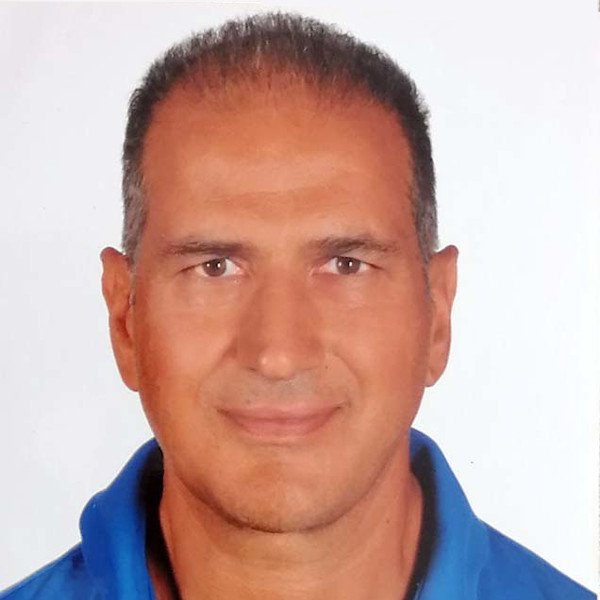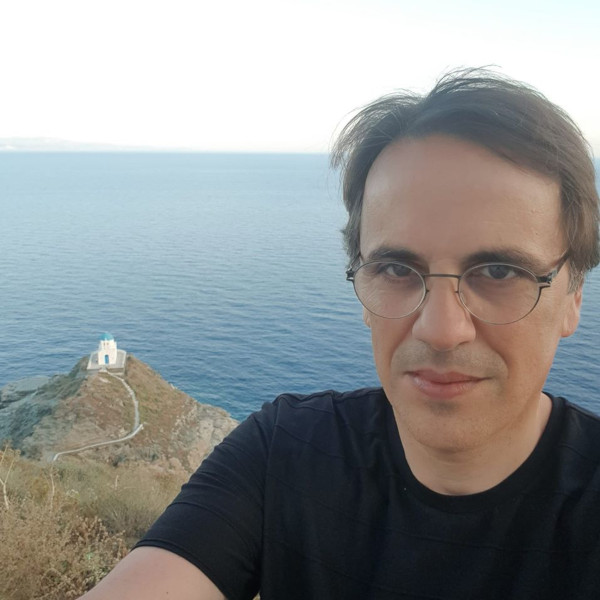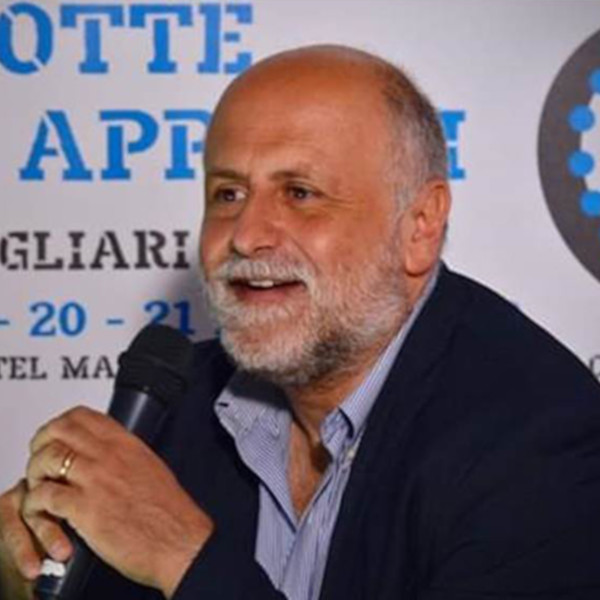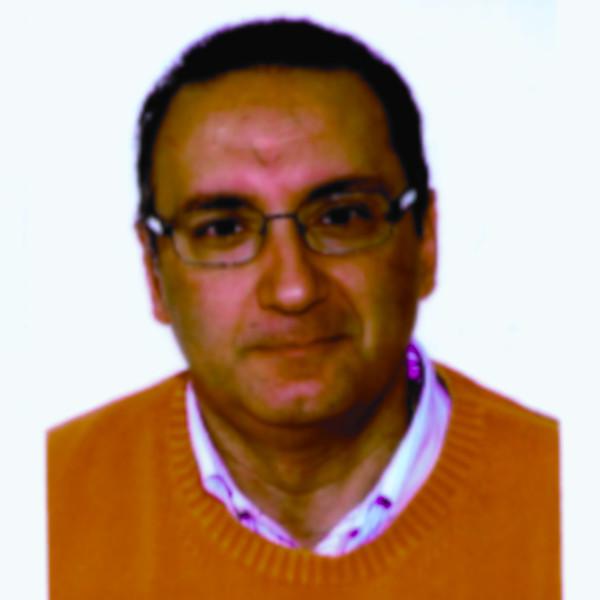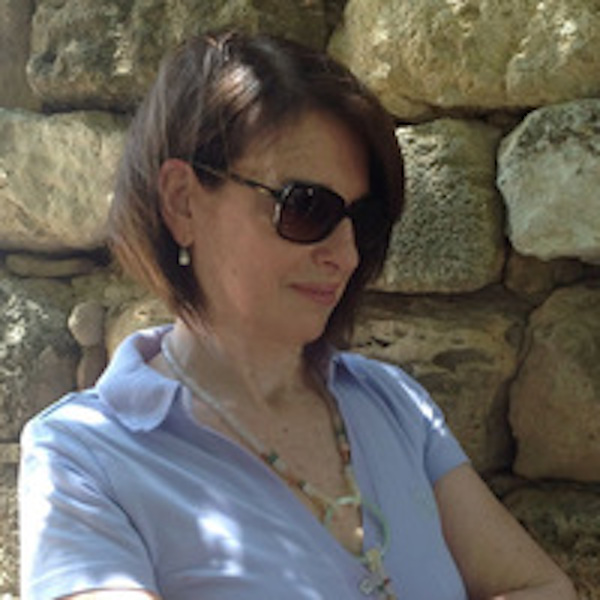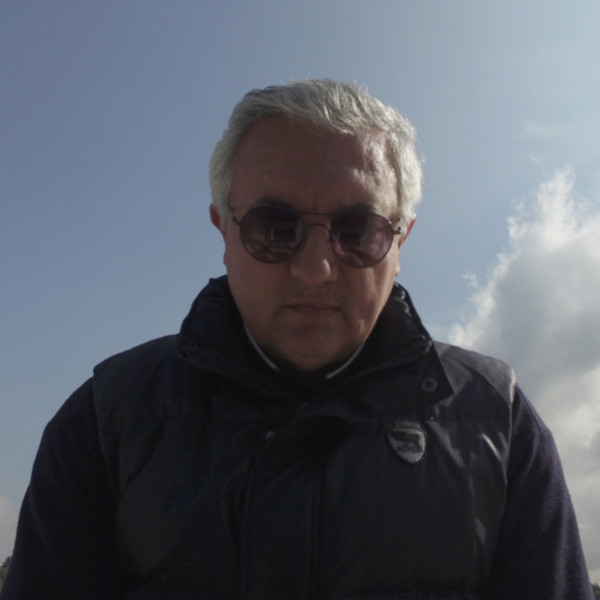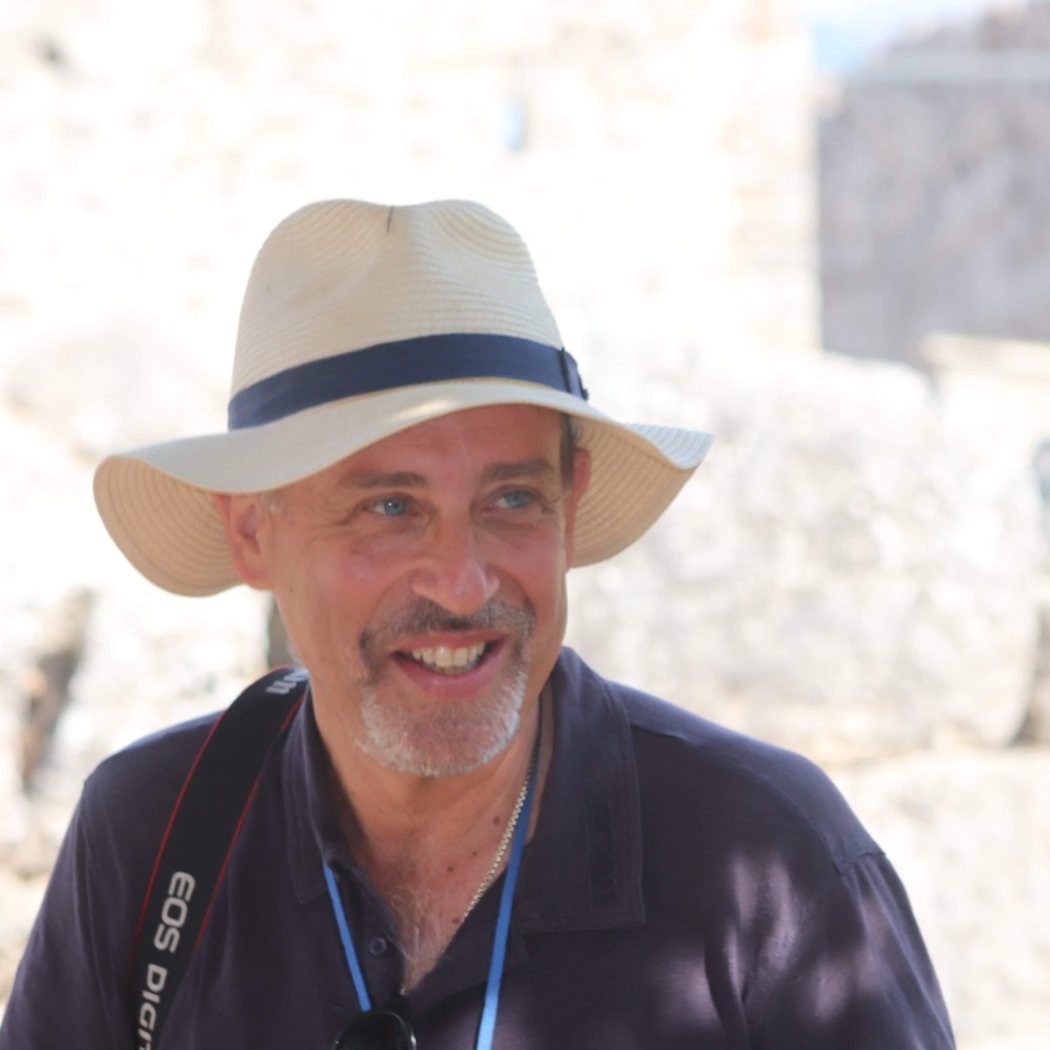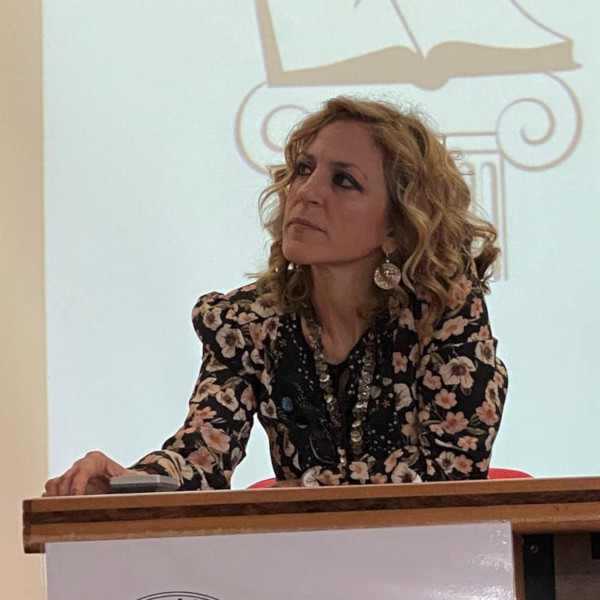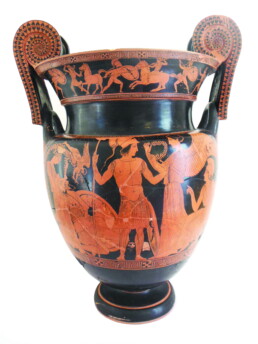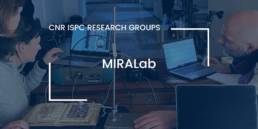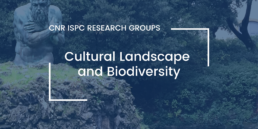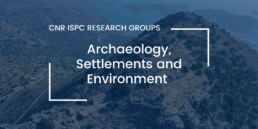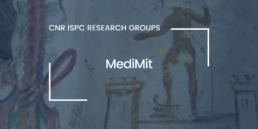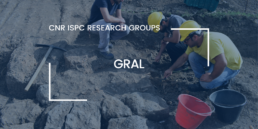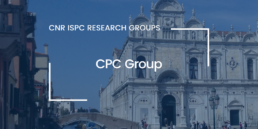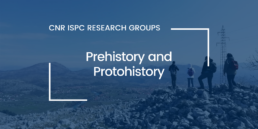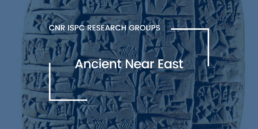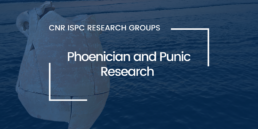Polis, Population Dynamics, Cultural Evolution, Environmental History
Palace - Polis - Urbs research group
The main objective of the Palace - Polis - Urbs research group is to analyse the long and complex process that led to the rise of the city and its development in Greek and Roman antiquity. This process does not follow a linear development; it takes place over a long period, along paths that are never identical in space and time, and therefore defies any attempt to rationalise it according to one or more pre-established theoretical models. There are many variables that can come into play, even within the same region, and so many moments of stasis and acceleration due to the internal dynamics of individual communities and external impulses. The perspective must necessarily be broad, encompassing an extended chronological span, from the structuring of the palace in the 2nd millennium B.C., through the various settlements of the early Iron Age, to the moment of the formation of the polis and its evolution in the centuries that followed, including the experience of the urbs in the Roman period.
The Palace - Polis - Urbs research group brings together CNR ISPC researchers based in Catania, Rome, Potenza and Lecce.
The group works in different sites or areas of the Mediterranean basin, focused on Greece and the island of Crete, southern Italy and Sicily, and other neighbouring regions. The strong point of the research group is the availability of extensive archaeological documentation, both from the sites where Italian Archaeological Missions in Greek area are working (Priniàs, Crete; Pandosia, Epirus; Poliochni, Lemnos) and from Greek and Roman sites in Italian area (Catania, Centuripe, Metaponto, Herakleia and Chora in Puglia and Daunia) and in neighbouring territories (Doclea and Municipium S in Montenegro).
Research lines
The researchers involved in the Palazzo - Polis - Urbs group base their research on a predominantly historical-archaeological approach, using the new digital technologies and multidisciplinary analyses to support and complement the main line of investigation. The research lines investigated through a series of case studies are:
The Minoan-Mycenaean Palace
The palace has an architectural and symbolic-ideological polysemy. It represents the point of convergence between the processes of formation of a new way of conceiving the urban dimension of the community and the development of new forms of land use, storage and increasingly technologically advanced craftsmanship in the Mediterranean of the 2nd millennium BC. The study of palatial realities, starting from Minoan Crete and Mycenaean Greece, means questioning the more complex historical processes involving the articulation of modes of production, social and economic segmentations as well as forms of thought that underlie the emergence of new societies in the Mediterranean in the historical period.
Spatial organisation and social dynamics
One of the main aspects of studying the process of the formation and development of the city is studing the spatial organisation of the settlements related to the social changes that a correct reading of the excavated data allows us to see. The analysis of specific phenomena, such as the evolution of the urban plan, the internal spatial articulation of residential blocks and areas of communal-public-religious use, the re-functionalisation of structures and material evidence from more ancient times, the study of specific monuments or complexes, allows us to frame the social dynamics at the origin of the process of the rise of the polis and to characterise its evolution in the following centuries up to the Roman period.
The Greek city as a community of men
The debate that has developed in recent decades on the concept of the polis as a city-state has emphasised in particular the institutional aspect (citizen-state rather than city-state) inherent in citizenship understood as an identity shared by the politai, based on established rights and duties and common institutions. This common ideology, the koinonia of the Greeks, is the abstract aspect of the polis. In this sense, the material documentation related to the integration processes of the new generations into the civic body and, consequently, the acquisition of the status of the polites is fundamental. The interdisciplinary research theme, involving historical-epigraphic, numismatic, archaeological and anthropological expertise, is articulated through the analysis of two broad areas of research: the sites and the practices of early institutions.
The Deads city
Talking about the city means inevitably considering the necropolis, adopting all the proper scientific caution in interpreting the relationship between the "society of the living" and the "society of the deads". In the available spacial organisation of a community during its life, a special place has always had the burial place, variously interpreted according to civilisations and the spend time. The study of the necropolis, especially related to the settlement/city, is fundamental for an overall reading of the city formation and development process and for a deep analysis of the ancient societies. Therefore the research group pays attention at the spatial organisation of necropolises, its architecture, the composition of grave goods, funerary practices and the aspect of 'memory'. The research group main case studies include Cretan necropolises, from the Minoan and Iron Age, contexts from the colonial area, and funerary monuments from the Roman period. The research investigate the indigenous people necropolises who had close contacts with Greece and the Magna Graecia colonies (particularly in Basilicata and Apulia), whose grave goods have yielded numerous imported objects, ranging from Attic and Italiote ceramics to bronzes and gold jewellery. To these objects, which constitute the most complex elements of the grave goods, are entrusted the ideological messages and representative needs of the deceased.
Settlement/city and territory
The research perspective concerns the relationship between settlement and territory, analysed from different points of view: from the reconstruction of environmental conditions (environmental history, which requires a multidisciplinary approach involving geomorphological, archaeobotanical and archaeozoological analyses) to the relationship with other populations (e.g. in the case of Greek-Indigenous relations in the colonial context). The main objective is to highlight the evolution and transformation of ancient urban and rural contexts (including colonial chorai), to identify features in common and structural diversities, and to learn about settlement dynamics and socio-economic transformations in a diachronic framework. The main activity is the study of artefacts and ecofacts, productive structural infrastructures, and palynological analyses to determine territorial changes and the exploitation of ancient resources.
Methodology
The research in question starts from a historical-archaeological perspective based on the study of material data trhought the contribution of geomorphological, geophysical, photogrammetric/drone, remote sensing and archaeometric analyses (including archaeobotanical, archaeozoological and anthropological analyses). In addition, the research group uses digital technologies for data cataloguing and management and GIS structuring in some case studies.
Palace - Polis - Urbs Staff
Associati al Gruppo Palazzo – Polis – Urbs
Nicola Cucuzza, Università degli Studi di Genova; Fausto Longo, Università di Salerno; Eleonora Pappalardo, Università di Catania; Massimo Frasca, Università di Catania; Lorenzo Guzzardi, Parco Archeologico di Leontinoi e Megara Hyblaea; Marcella Pisani, Università di Roma Tre
How to contact us
polisgroup@ispc.cnr.it
Projects and Research activities
- ARCHIAS project (Digital Archive of the Iron Age necropolis of Siderospilia).
- URBS Project. Knowledge, monitoring and valorisation of Mediterranean architecture and urban contexts (DUS.AD013.006).
For further information on ISPC research activities click the button.
Main collaborations
Institutions and Universities
- Eforeia alle Antichità di Preveza (Epiro)
- Eforia di Iraklion
- Institute for Aegean Prehistory Study Center for East Crete (INSTAP SCEC)
- Scuola Archeologica Italiana di Atene
- Scuola di Specializzazione di Matera
- Università del Montenegro, Istituto Storico
- Università della Basilicata
- Università di Catania
- Università di Erlangen (Germania)
- Università di Genova
Ministries, Archaeological site and Superintendences
- Ministero della Cultura del Montenegro
- Ministero della Cultura, Direzione Musei della Basilicata
- Ministero della Scienza del Montenegro
- Parco Archeologico di Catania
- Parco Archeologico di Leontinoi e Megara Hyblaea
- Soprintendenza della Basilicata
- Soprintendenza di Catania
- Soprintendenza di Enna
Museums
- Museo Archeologico di Iraklion
- Paul Getty Museum di Los Angeles (USA)
Main publications
L. Alberti, Fare storia nella protostoria: la questione della presenza micenea a Cnosso alla luce dei dati archeologici e dei nuovi approcci antropologici, Historikà V.4, 2014, 11-51. ISSN 2240-774X e-ISSN 2039-4985.
L. Alberti, Over the rainbow: places with and without memory in the funerary landscape of Knossos during the II millennium BC, in Sacred Landscapes in Antiquity: creation, manipulation, transformation, R. Häussler, G.F. Chiai eds, Oxford, 2020, 97-109. ISBN 978-1-78925-327-6.
L. Alberti, Return ticket, ‘Minoan’ and ‘Mycenaean’ tholos tombs at Knossos, in Kydalimos, Festschrift in honour of prof. G. St. Korrès, Vol. II, AURA n. 4, Athens 2020, 305-319. ISBN 978-960-466-230-2.
L. Alberti, B. Di Palma, Aegean emotional landscapes: walking the hills around Knossos – an experience of nature and of ritual, in M. Ricci ed., “Le Vie del Mediterraneo – MedWays”, progetto dell’Accademia dei lincei Centro Interdisciplinare ‘Beniamino Segre’ e dell’Università degli Studi di Trento, Lettera Ventidue, Siracusa, 2022, 897-907.
G. Biondi, La necropoli protogeometrica di Siderospilia e i contatti esterni dell’anonimo insediamento sulla Patela di Priniàs agli inizi del I millennio a.C., in Proceedings of the International Archaeological Conference “Η Ελεύθερνα, η Κρήτη και ο Έξω Κόσμος” (31 Μαΐου έως 2 Ιουνίου 2018 Ρέθυμνο), 2020.
G. Biondi, N. Oikonomaki, The Patela and the area of Prinias in Hellenistic times, in Supplementi dell’Annuario della Scuola Archeologica di Atene e delle Missioni Italiane in Oriente 8: R. Cantilena – F. Carbone (Eds.), Monetary and Social Aspects of Hellenistic Crete, Firenze, 2020, pp. 97-108.
G. Biondi, Prinias (Patela). Clues of proto-Archaic Cult Activities in the Hellenistic Fortress Area, Αρχαιολογικό Έργο Κρήτης 4 (Ρέθυμνο 2016), in AEK 4, 2020, Vol. B, pp. 569-575.
G. Biondi, S. Rizza, Centuripe. Guida ai monumenti di età romana (Centuripe. Guide to the Imperial Roman Monuments), Catania 2017 (in italiano e in inglese).
A. C. Montanaro, Rutigliano (Bari): la necropoli di contrada Purgatorio. Le tombe del settore settentrionale (scavi 1976-77). Riflessioni preliminari, in BABESCH 96, 2021, pp. 1-44.
A. C. Montanaro, Apulian funerary practices between 5th and 4th century BC, in D. Saunders (ed.), Underworld: Imagining the Afterlife in Ancient Greek Vase-Painting, J. Paul Getty Museum, Los Angeles 2021, pp. 71-90.
A. Pautasso, Priniàs. Une cité cretoise de l’âge du fer et son histoire, in F. Gaignerot-Driessen & J. Driessen (eds.), Cretan Cities: Formation and Transformation, Aegis 7, 2014, pp. 59-77.
A. Pautasso 2018 (2019), “…the result can be bold and startling”. Crateri figurati d’età geometrica dalla necropoli di Siderospilia (Priniàs), in Annuario della Scuola Archeologica Italiana di Atene 96, 2018 (2019), 497-51.
A. Pautasso, S. Rizza 2018, Reconstructing temple A at Prinias. New data from excavations and studies, in Πεπραγμνένα IA’ Διεθνούς Κρητολογικού Συνεδρίου (Rethymno 2011), 2018, pp. 221-231.
A. Pautasso, S. Rizza, Priniàs I. Il complesso protoarcaico sul versante meridionale, Monografie della Scuola Archeologica Italiana di Atene XXXIV, Atene 2022. Monografia
S. Rizza 2019, Studio topografico e architettonico della necropoli di Siderospilia, Prinias (Creta), Πεπραγμνένα IB’ Διεθνούς Κρητολογικού Συνεδρίου (Heraklion, 21-25.9.2016), published online 12iccs.proceedings.gr.
D. Roubis, The Leukania of Magna Graecia: archaeological data from Basilicata (southern Italy), in Greek colonization. New data, current approaches, Proceedings of the scientific meeting held in Thessaloniki (6 February 2015), P. Adam Veleni, D. Tsangari (eds.), Athens 2015, pp. 135-147.
D. Roubis, Magna Graecia: The Greek Colonisation of South Italy and Sicily, in D.Tsangari (ed.), The Europe of Greece: Colonies and Coins from the Alpha Bank Collection (Exhibition’s Catalogue, Archaeological Museum of Thessaloniki), Athens 2014, pp. 74-77.
D. Roubis, Archeologia dei paesaggi a Montescaglioso. Ricerche interdisciplinari su un comprensorio collinare della Basilicata in età antica, Venosa 2021. Monografia.
